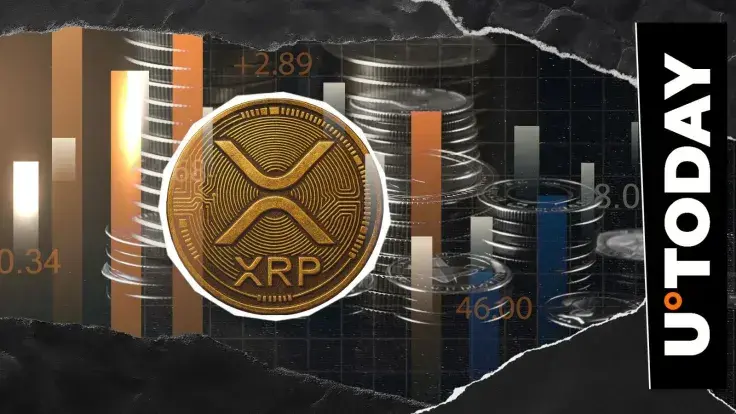
Amazon Web Services, the backbone of much of the modern internet, suffered a major outage that disrupted Coinbase, Disney, Zoom, Snapchat, Signal, McDonald's and more. AWS has about 32% of the global cloud market, so it is no surprise that the disruption caused a ripple effect on businesses and platforms worldwide — and on crypto as well.
What stood out, though, is how XRP Ledger carried on. A popular XRP contributor known as "Vet" online drew the community's attention to how the network can survive when one of the world's biggest cloud providers has problems.
Right now, there are about 120-150 validators working on XRPL, and a lot of them use AWS too, alongside Google Cloud, Hetzner or DigitalOcean, but others run on independent servers and smaller providers.
Is cypherpunk "dead?"
Decentralization is still the main thing causing tension in the crypto community. The old cypherpunk dream of a private, independent payment system is no longer at the center, and most of Web3 today runs on cloud giants like AWS.
But the XRP Ledger is not giving up on the idea. It is not so much about privacy — XRP is still pushing in that direction — but more about how strong it is when the internet itself is out. That is why the talk about XLS-50d resurfaced today.
The XLS-50d proposal, which has not been put into action yet, says that validators should publish more details about where and how they operate. The idea is to avoid clusters inside the same cloud or data center and instead spread across different providers and countries.
The proposal states that if too many validators go offline at once, consensus can pause for 256 ledgers — that is, about 12-20 minutes — before fallback systems recover.
Consensus
It is not ideal, but the AWS incident showed what that would look like in practice. Coinbase, which relies on AWS, went offline. XRPL, with validators spread across a bunch of different hosts, just kept working.
Bitcoin and Ethereum have faced similar centralization concerns, with more than 30% of Bitcoin's hashrate now based in the U.S., and Ethereum staking dominated by Lido and big cloud operators. With that in mind, XRPL's uptime during the outage shows that more distribution makes a network harder to break.
 Dan Burgin
Dan Burgin Vladislav Sopov
Vladislav Sopov U.Today Editorial Team
U.Today Editorial Team